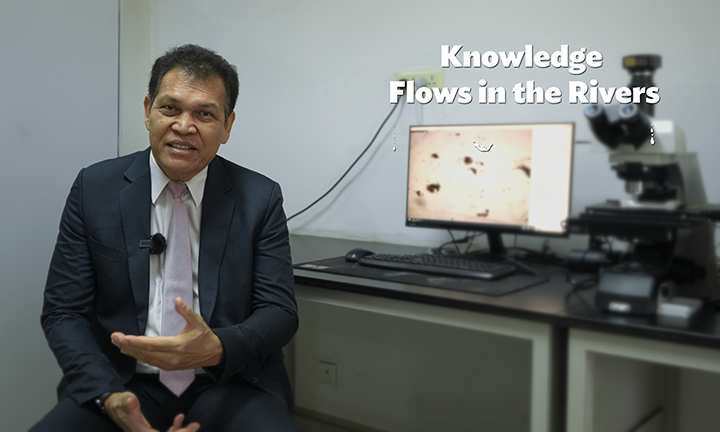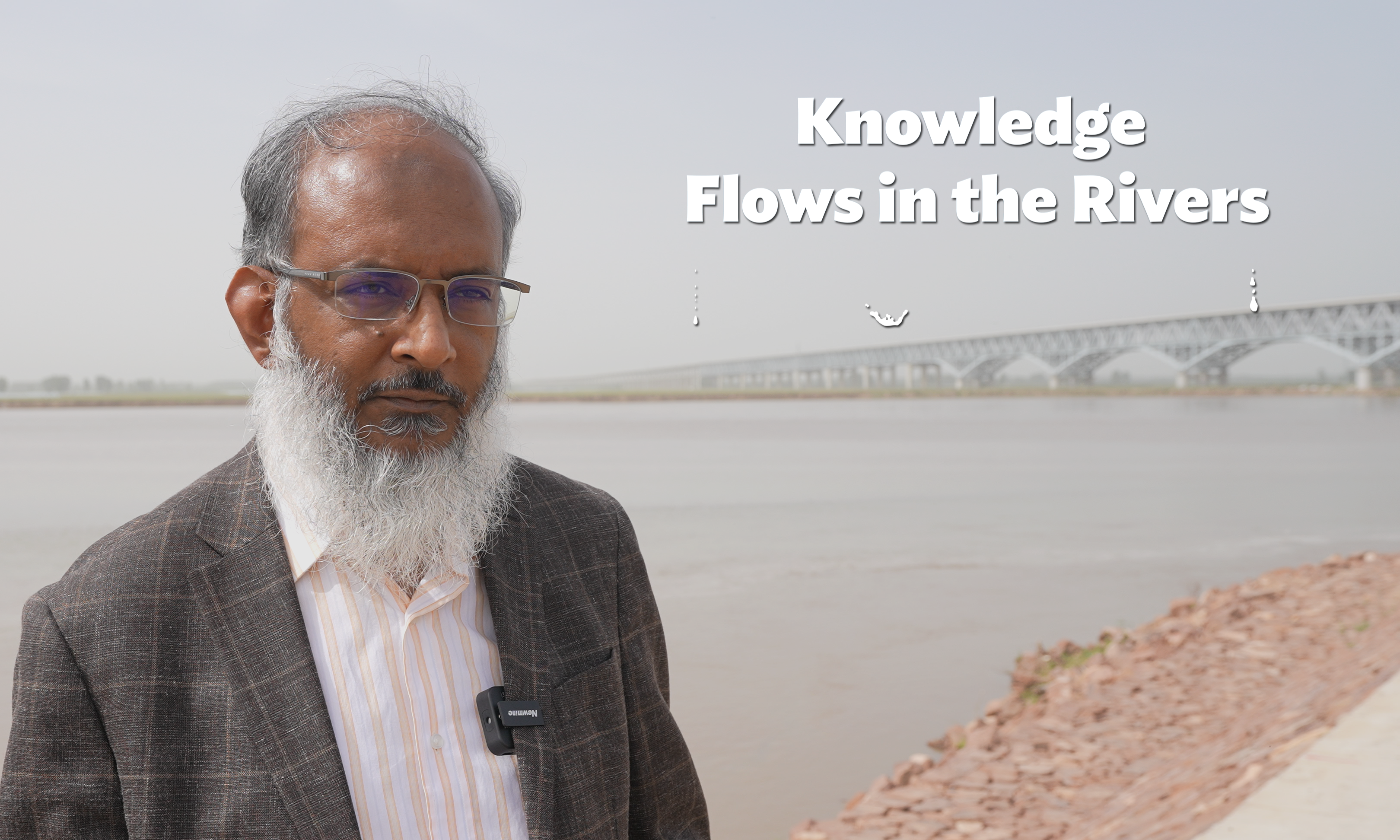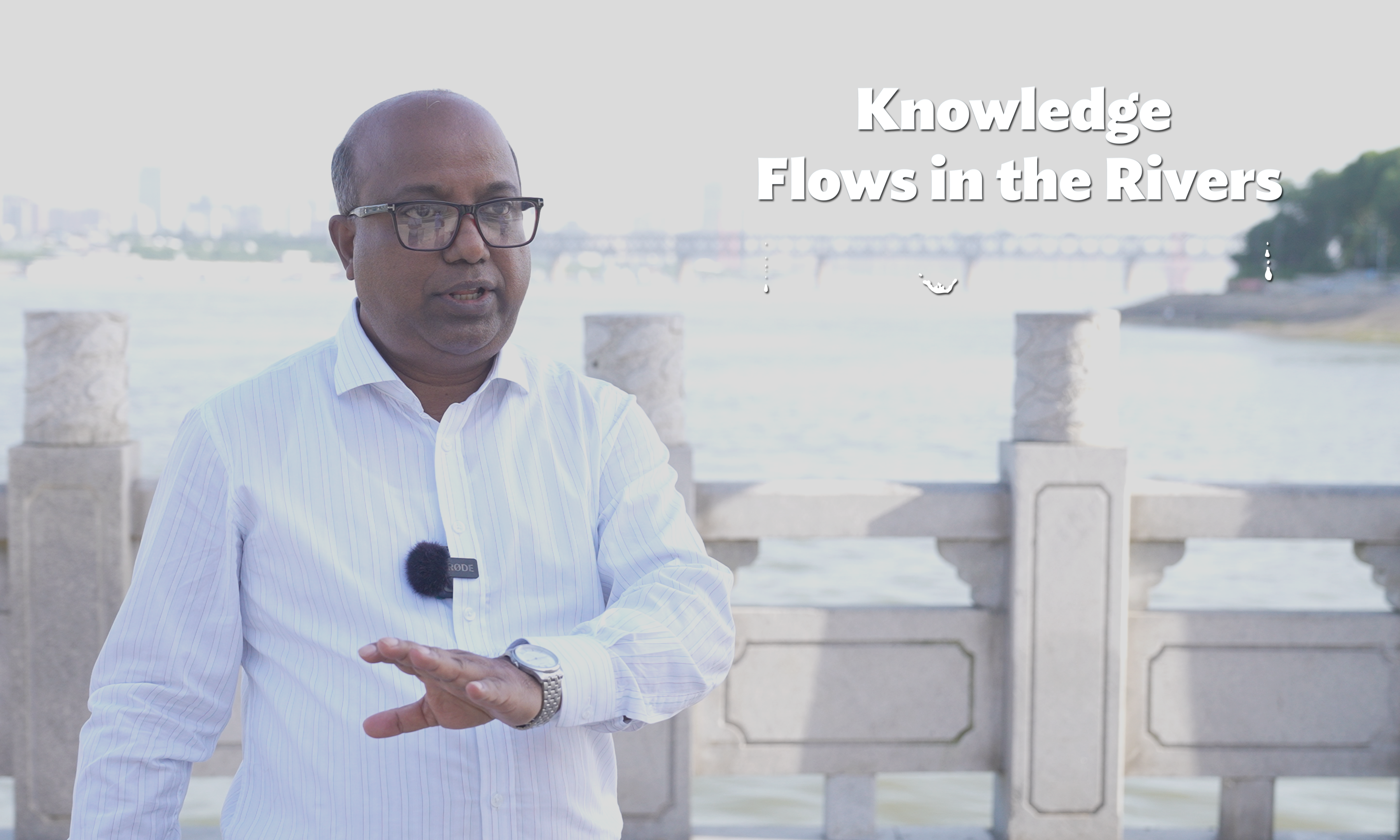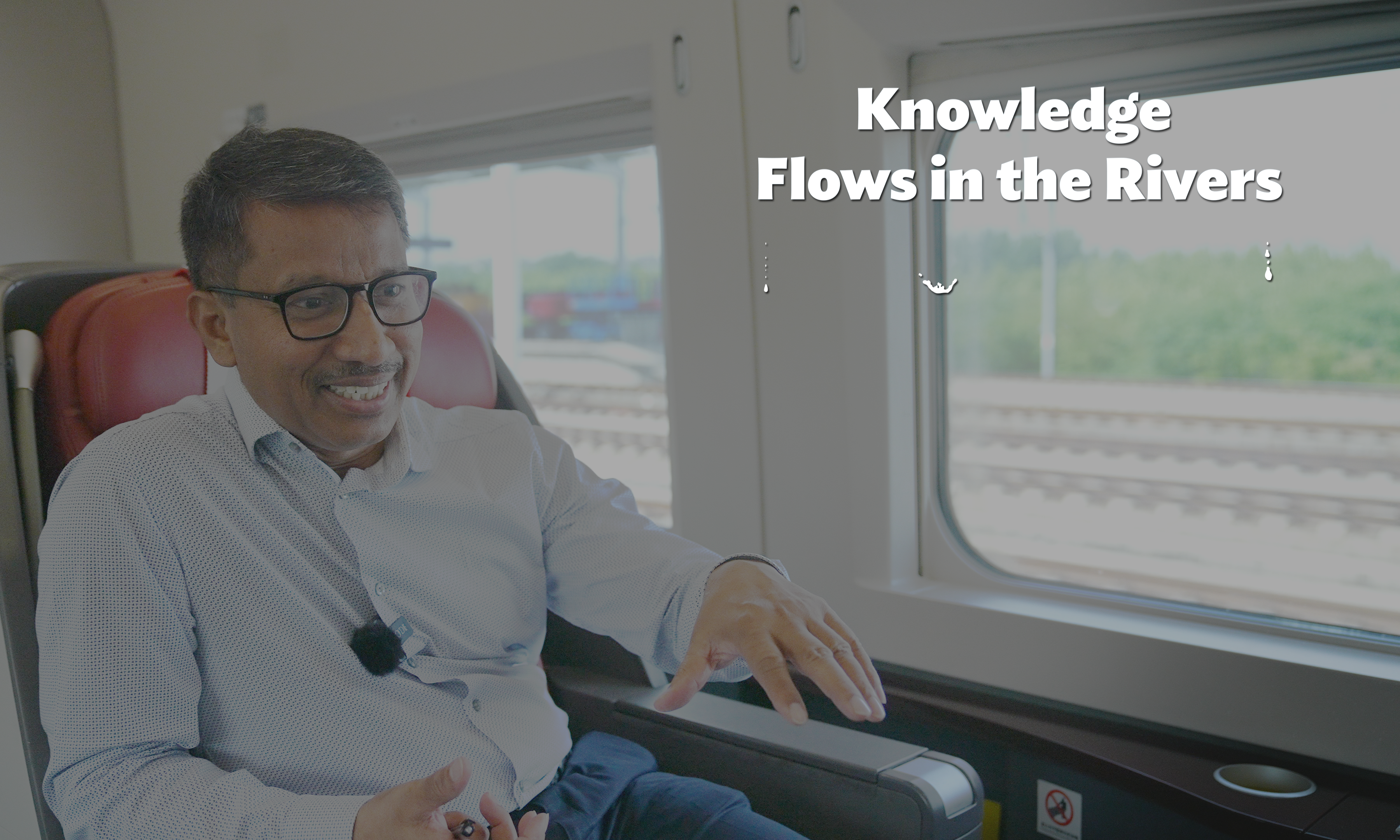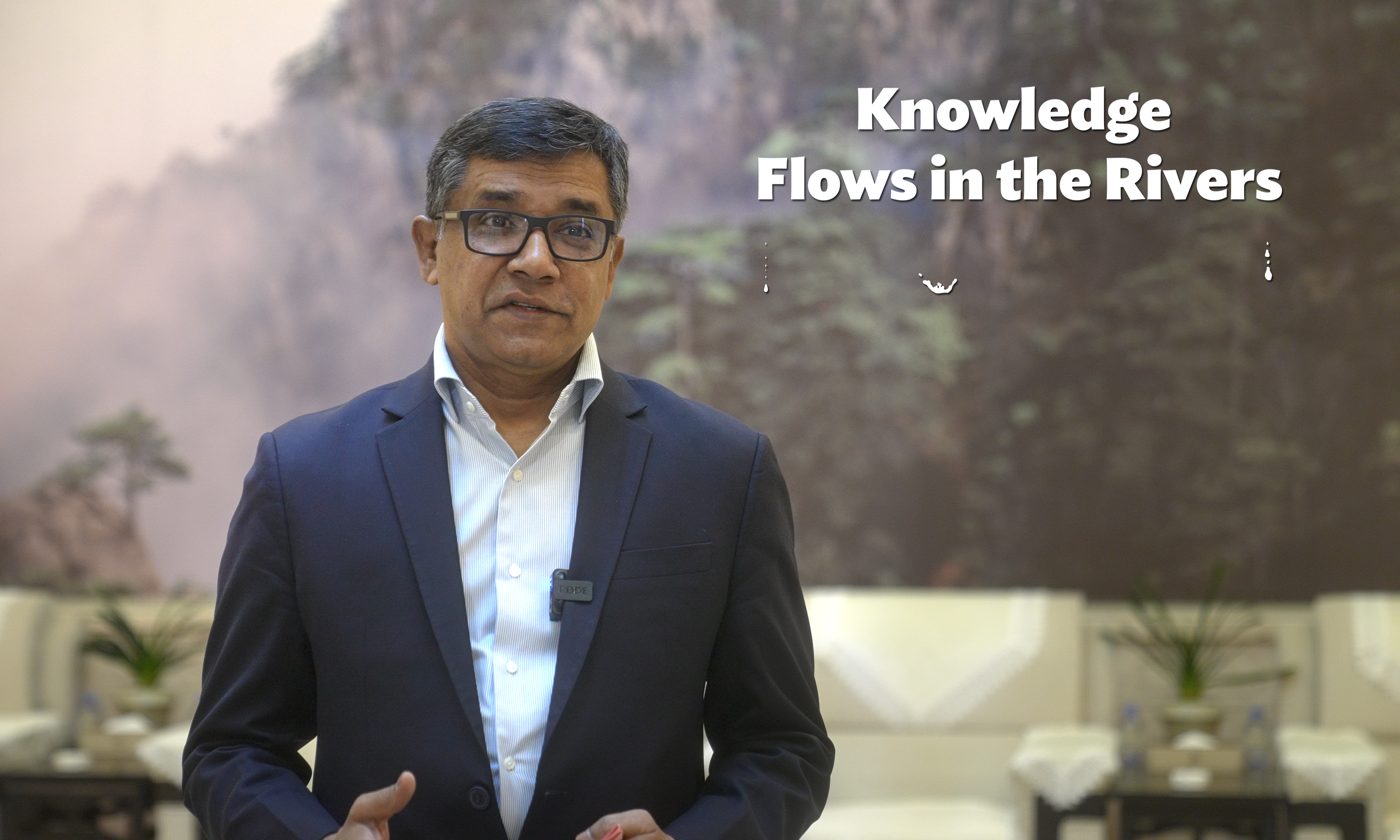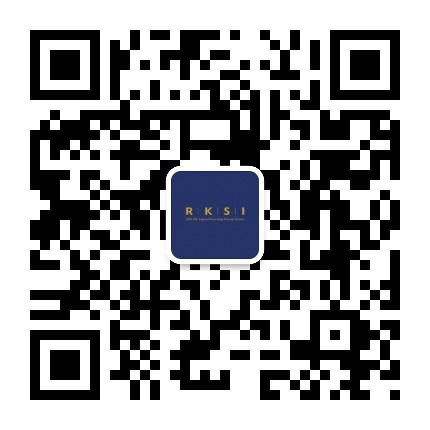Edimon Ginting, the Country Director of the ADB Resident Mission in Bangladesh, reflects on the importance of South-South cooperation and the need to facilitate the exchange of best practices between Bangladesh and the PRC, particularly in areas related to infrastructure development, technology, and the integration of nature and people.
Transcript
We have heard that the PRC is moving the development from the past development to ecological civilizations.
I think in that context, lots of good practice are being done here.
We’re here to see how the process is being developed, and to see the nexus between development, people, and nature.
What is very eye-opening to me is three things.
Number one, of course we know the PRC in terms of innovative infrastructure development.
They designed the infrastructure to the need of the future.
Secondly, after you develop the infrastructure, you need to run it. In running it, they really bring technology and people with it.
I think some of the technologies are here.
We’re seeing here now AI is engaged.
People are doing a lot of research to really bring the functionality of the infrastructure to the next level.
A lot of things that the PRC can share to the world.
As ADB, we should facilitate this through South-South corporations, also internally sharing between departments, so that we can serve our clients in the future, for Bangladesh.
The way I reflect on Bangladesh during this visit, Bangladesh has very little land.
So development which embrace nature and people is even more important.
The challenge is a lot bigger.
I hope they also will rethink their river management, reimagine the new development of the future, putting nature and people together in a faster way.
One other thing that I’m very impressed during the visit: the hospitality of Chinese government, the eagerness to share good lessons to the world.
We as ADB, should also be facilitating some of the sharing together.

